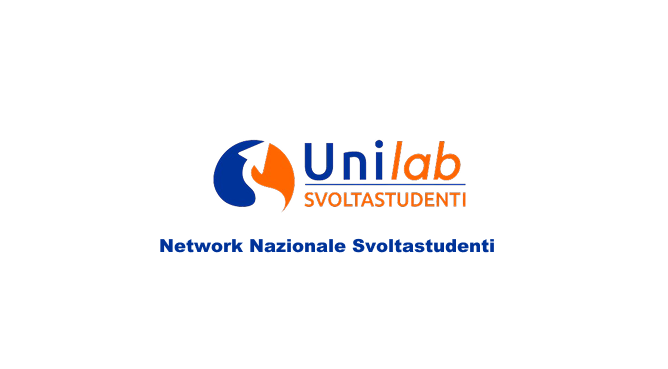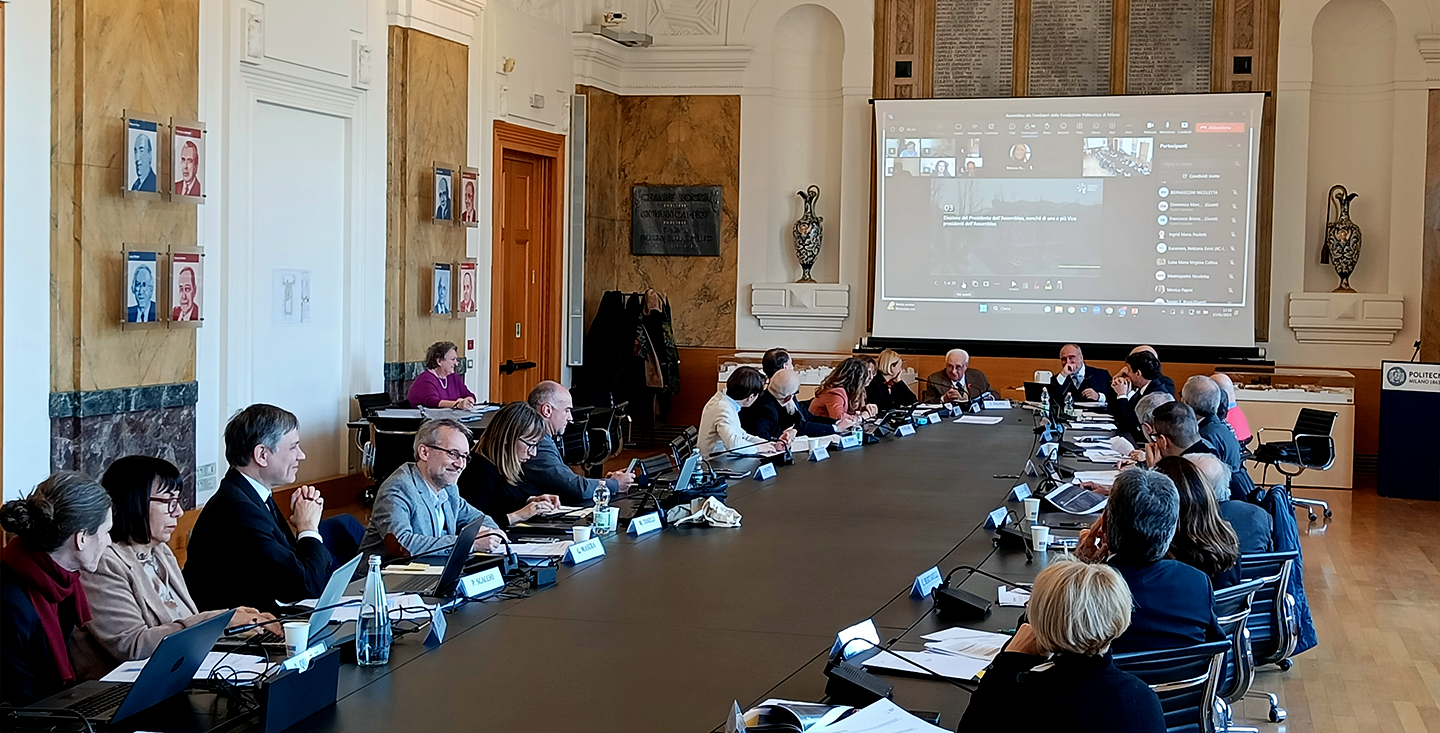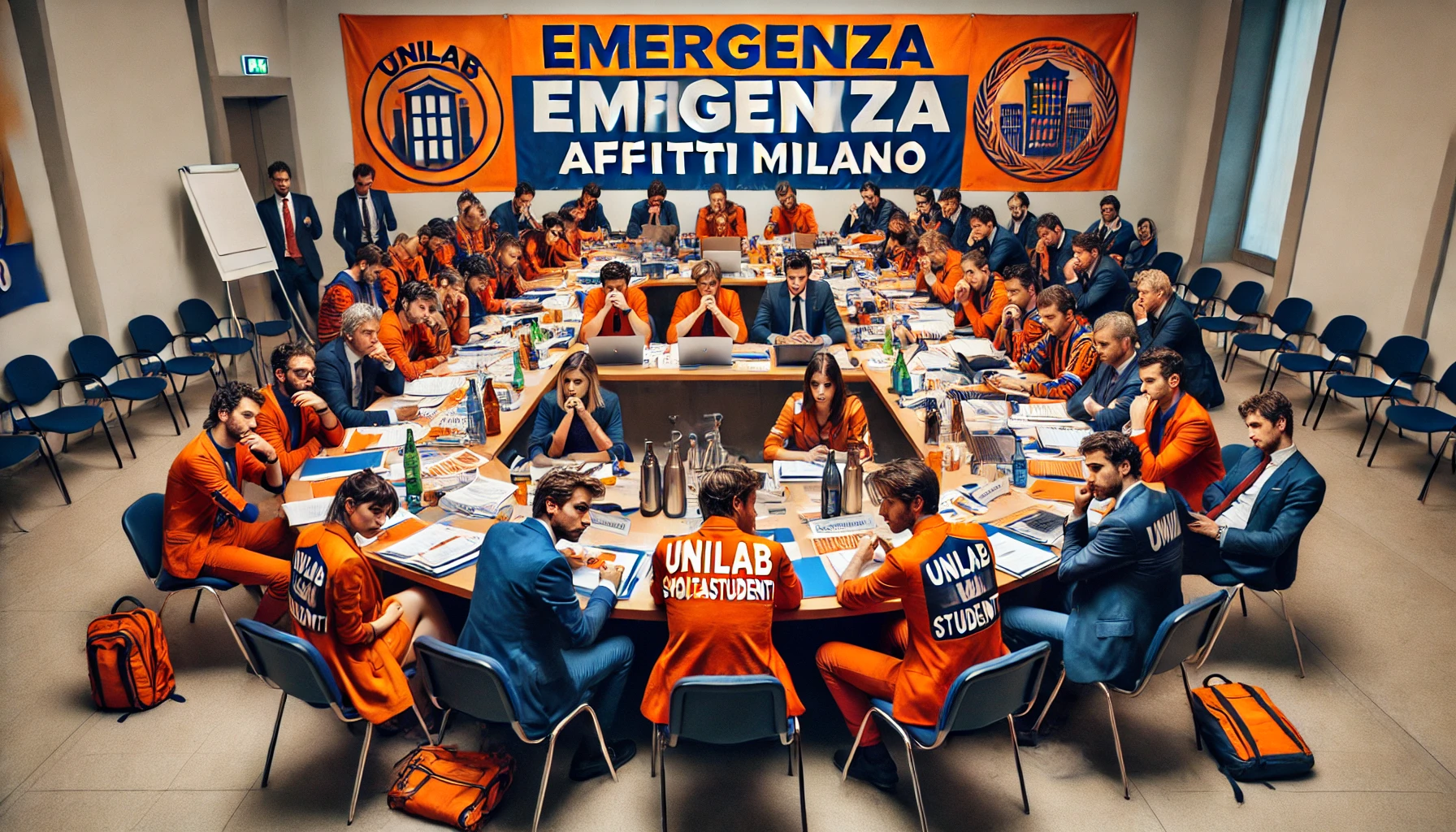In my experience abroad at the University of Eindhoven I had the pleasure of touching the student life that you breathe in Holland.
I believe that only those who have lived abroad (preferably in northern European countries) can understand what I describe in this blog although I hope I can at least make you reflect on the objective differences.
The differences between the student organization here and in Italy are abysmal; I begin the first of my speeches by presenting the facts, without commenting so as to have data from which to start future reasoning.
I will talk about the student associations present at Tu/e and deepen my knowledge of the Cheops group or the group of the faculty of architecture.
Students:
Politecnico di Milano: 38000 ca
Techinische Univeriteit Eindhoven (Tu/e) 8000 ca
Faculties: the same in both universities: Engineering, Architecture, Design.
Architects at the Polytechnic: 11000
Architects at Tue/e: 2000
Student groups at the polytechnic: 16 of which 4 deal with both representation and cultural activities
Student groups at the Tu/e:
Groups for representation in academic bodies: 2
Student union/group: 25 (of which 8 full time or part-time, corresponding to the 8 faculties)
Fraternity/sorority: 8 (groups that have no links with faculties but pursue general purposes: music, literature, art…)
Sports groups: 18
Let's go into detail by analyzing Cheops. The group has no party background and has as its purpose the enrichment and cultural growth of students enrolled in the Faculty of Architecture at the Tu/e.
Note that it is the largest student group in the university. It is a group that is dedicated to the promotion of cultural events and not but does not sit in the institutional bodies.
It is structured as follows: it is a "full time" student association which means that the members of the board are engaged full-time in the organization of student activities and for this reason they suspend the study for the year in which they remain in office. There are also "part-time" student groups in which students can partially devote themselves to study (obtaining up to 50% of the ects provided for in the study plan). In addition, there are "free" groups that do not imply either the abandonment or the reduction of the study.
The board consists of 6 students. These students do not attend courses during the period in office but still receive the state subsidies that are due to students (about 3500 euros net per year). This is the only income they receive for the service offered that occupies them 8 hours a week.
The Cheops group has a well-defined structure: 6 members in the board that is not chosen through elections but appointed by the previous board.
Below the 6 members there are 9 associations that deal with specific areas (Travel Group, Bar Group, Conference Group, Workshop Group, Party Group….)
Each group has one of the six members of Cheops on its board of directors but enjoys full independence.
From an economic point of view, each group has a found raising manager. For every activity, the search for sponsors is the crucial moment. If there are no sponsors, the event is not done.
Similarly, Cheops also allocates the work of one of its 6 members to finding funds. With the money obtained, Cheops can decide to support activities and groups that alone have not been able to find funding.
All student groups are funded through student enrolments. In fact, to participate in any organized activity, students must be enrolled in Cheops. Registration is annual and costs 13 euros. In addition, every event, conference course, party is paid. The cost is symbolic: 3-5-maximum 10 euros but it is important to support the group.
Statistics say that at least 80% of the students of the tu/e are part of a student group (i.e. they paid the 13 euros per year).
40% are enrolled in two or more groups.
Making a quick calculation, the Cheops student group that works for architects annually obtains about 2000*13 = 26,000 euros from registrations.
This money is guaranteed every year because the Faculty of Architecture, recognizing fundamental participation in student life and "beyond the university" of its members, pays the annual tuition fee for all students.
This notes the other degree of trust that the faculty has towards Cheops who are entrusted with considerable responsibilities (management of freshmen and tutoring, management of foreign and Erasmus students, management of conferences and workshops) against the guarantee of services (offices, computers, point of sale, bar) and visibility (central location in the building, official communication in collaboration with the university, possibility to send newsletters, bulletin boards and televisions intended) at the highest level.
Some of the events organized by Cheops count as ects.
Let's move on to quantify the people involved in Choeops.
As mentioned: six full-time people form the board.
9 subgroups of 10-12 people instead devote themselves to student activity in their free time.
In total the number of people active in Cheops are about 110 in the academic year 2008-2009, for a total, we remember, of 2000 architecture students in total.




